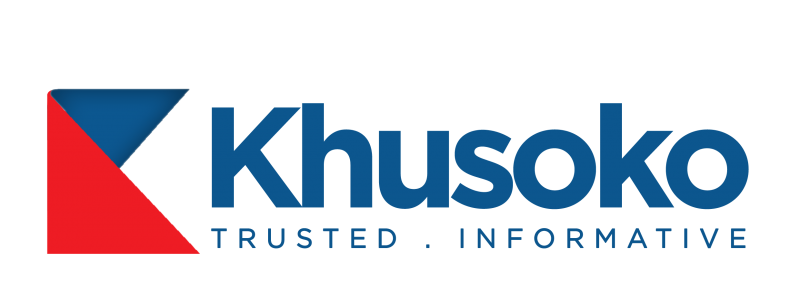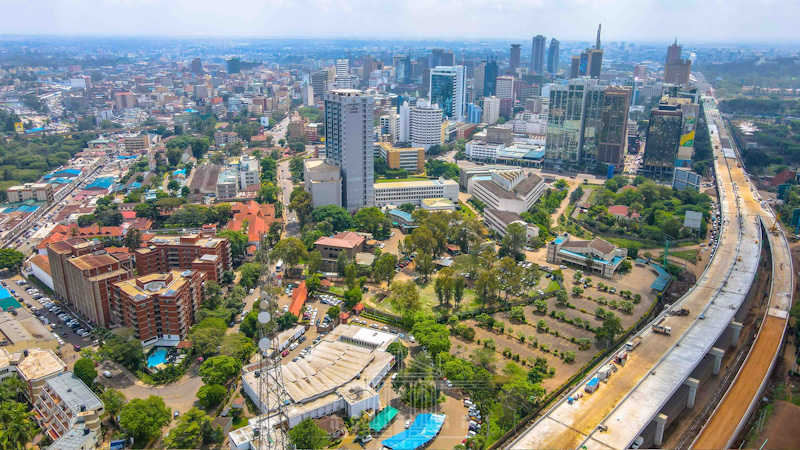Over the past decade, Nairobi’s development pipeline has been through multiple cycles. First came the commercial office boom at the start of the decade, then the retail boom halfway through this period and now, a shift in focus to alternative sectors focused around the themes of flexibility, accessibility and affordability.
This is according to the Nairobi Development Pipeline Report by Pan-African real estate data company, Estate Intel in collaboration with Axis Real Estate Limited.
Tilda Mwai, Research Associate Estate Intel noted, “Initially, development cycles were being underpinned by the entry of global capital in emerging markets. However, Nairobi’s rising demographics have largely made the case for the shift in focus to alternative sectors such as data centres, flexible office spaces, neighbourhood shopping malls (plazas and supermarkets), purpose-built warehousing and affordable housing presenting new opportunities to developers.”
Data Centres for example have seen their market supply increase to approximately 10 MW. Interestingly, over 80% of this stock has come up over the past 5 years, with the development pipeline looking even more promising at approximately 470% of total stock.
The industrial sector, too, continues to be one of Nairobi’s leading real estate market sectors. Developers’ interest matched with occupiers’ demand, especially in the SMEs, agricultural and FMCG sectors means that there are unlimited opportunities in the market for investors.
With only 11% of the total stock estimated at 17 million sq. ft under development, the market remains largely undersupplied especially with regard to purpose-built warehousing. As such, investors are increasingly exploring the space with private equity or investor-operator-type models.
Quite notably, over 80% of the projects in the pipeline tracked by Estate Intel are already under construction, while the others remain conceptual.
On the other hand, traditional sectors such as the office sector are currently oversupplied.
The office sector, for example, has an estimated 2,452,385 sq. ft under development in 2022. This accounts for approximately 20% of the total stock. Combined with low take-up activity, due to rising inflation and election-related uncertainty, the market has a clear existing supply glut.
Gikonyo Gitonga, Managing Director Axis Real Estate noted, “Generally, the market remains largely tenant driven with key markets such as Kilimani and Westlands recording little to no growth in rents estimated at -0.4% and 0.5% respectively over the past 5 years.
Interestingly, Grade A offices continue to reflect relatively lower vacancy levels estimated at 20%. This has been underpinned by the flight to quality trend that has continued to drive occupier preferences for grade A offices, with major occupiers especially multinationals opting to take up space in this segment.”
In contrast, the retail sector development pipeline seems to have dried up altogether. A large proportion (64%) of the development pipeline is on hold potentially due to the existing oversupply following on the oversupply recorded between 2016 and 2018 that has seen total stock accumulate to approximately 6,921,194 sq. ft.
Mwai explained, “Interestingly, Nairobi continues to feature as one of the leading retail hubs across Sub Saharan Africa with a retail density estimated at 0.14, higher than most cities in Africa such as Lagos and Accra who have a recorded density of 0.018 and 0.06 respectively. While the future may not be as positive for the market, product differentiation by developers will create all the difference.”
On the outlook for the market, Estate Intel points to the current macroeconomic environment as the main driving factor.
“While Nairobi is often regarded as the gateway to East Africa due to its favourable economic policies and tourist-friendly tone, election-related uncertainty, currency devaluation as well as rising inflation rates have impacted general transaction activity, especially in the office, retail and residential sectors.
This currency devaluation has led to challenges that include but are not limited to, an increase in construction costs and slowed down project financing. However, with the right balance in measures and incentives, market activity could pick up during the course of the year,” Mwai concluded.
Multinationals Driving Shift to Sustainable Office Design: Knight Frank Report




